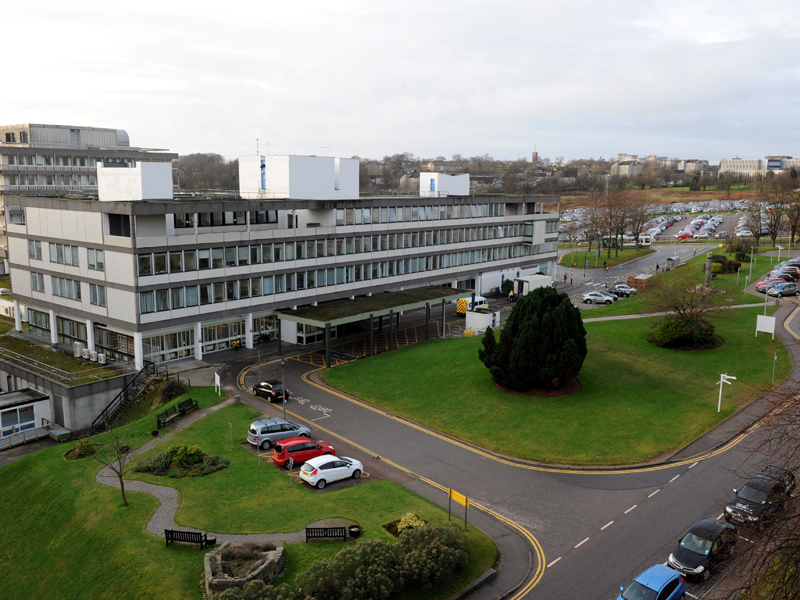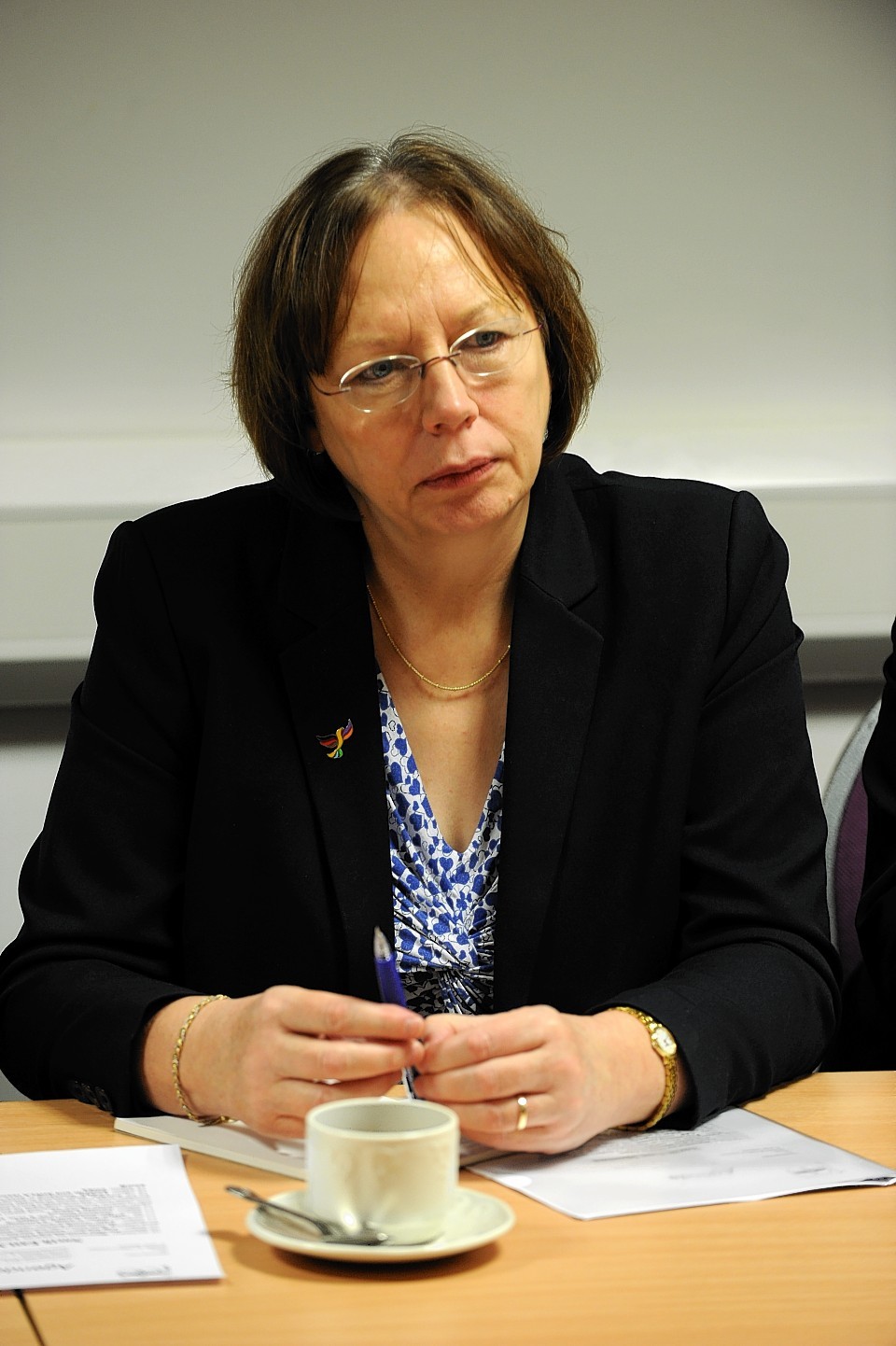NHS Grampian’s performance in treating accident and emergency (A&E) patients has worsened to a new record low.
New figures showed that 89.9% of people seen in January were admitted, transferred or discharged within the four-hour target, the lowest figure going back to when A&E waiting times figures started in April 2010.
January’s performance was down December’s and down on the same month in previous years
Opposition politicians placed the blame on the Scottish Government for continued under-funding of the health board.
NHS Grampian said A&E departments were “under intense pressure” dealing with increasing number of people, many of them very ill.
The NHS figures showed that just 87.1% of patients across Scotland were seen on time, compared to the 95% target. NHS Highland, NHS Orkney, NHS Shetland and NHS Western Isles all were above the official 95% target.
North-east Labour MSP Richard Baker said NHS Grampian still had 37 unfilled consultant posts.
He said: “It is clear lack of recruitment is also affecting waiting times, with NHS Grampian some 400 nurses short of the required numbers. Today’s A&E figures actually showing a deterioration on previous months.
“The blame for this situation lies squarely with Scottish ministers who should apologise to patients, our hard-working NHS staff and our local leadership team who are working hard to improve the situation at NHS Grampian.”
North-east Liberal Democrat MSP Alison McInnes said: “Once again NHS Grampian is among the health boards struggling to meet crucial targets. That is why it is all the more frustrating that NHS Grampian is to be short-changed again this year by the Scottish Government – this time to the tune of £17million. Staff and patients in the north-east deserve better.”
An NHS Grampian spokeswoman said: “These figures must be seen in context. They reflect a period of time when our emergency departments were under intense pressure. We had 11,376 people attending in January – an increase of almost 300 on the same time last year – and many of them were seriously unwell.
“Our hospitals were also busy in other areas, affecting our ability to move patients on from emergency departments to the most appropriate area.”

